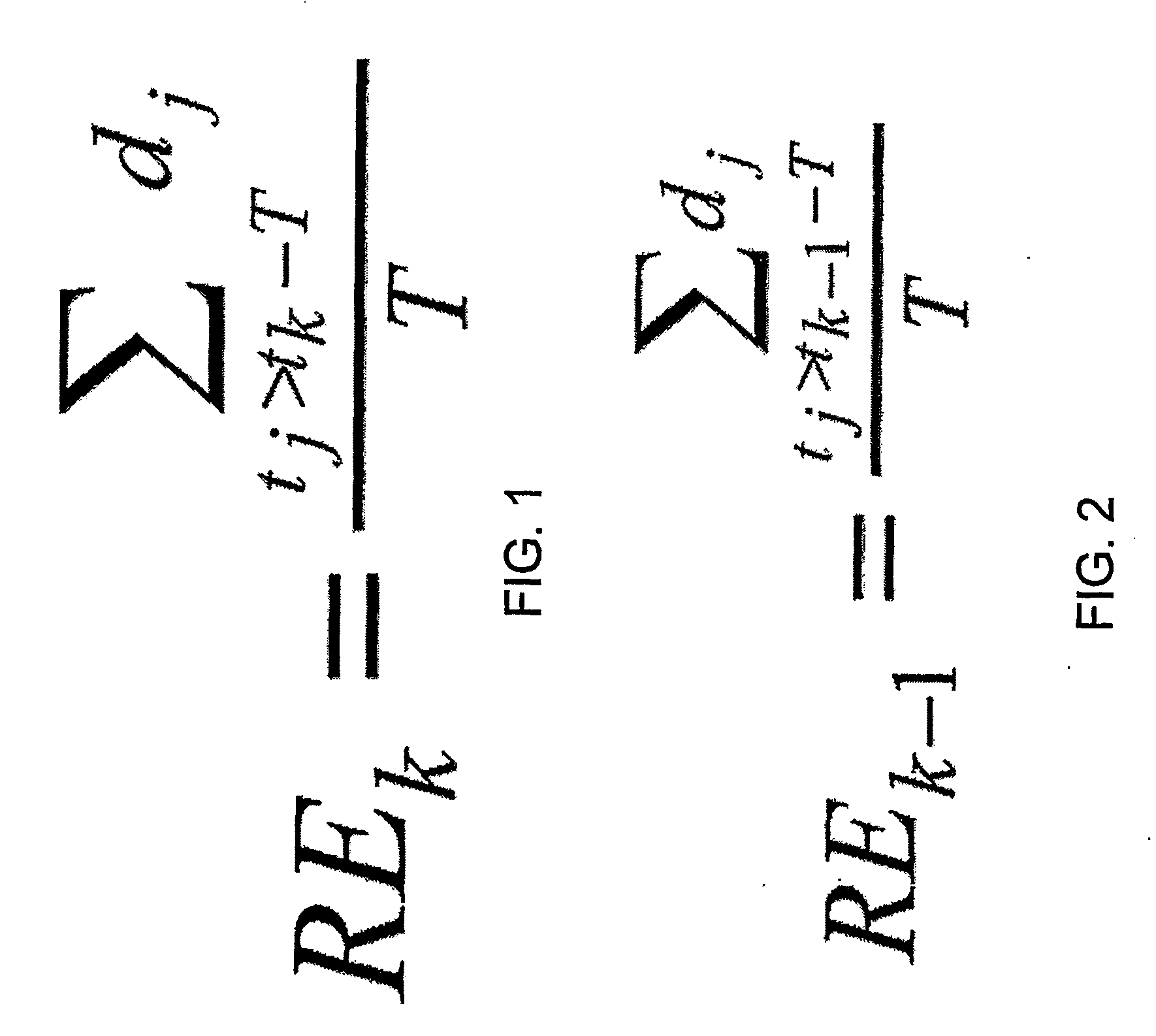Method and apparatus for improved data transmission
a data transmission and data technology, applied in data switching networks, high-level techniques, instruments, etc., can solve problems such as unfavorable tcp new reno connections, reducing the transmission rate, and reducing so as to maximize the quality of real-time video streams and increase the bottleneck bandwidth
- Summary
- Abstract
- Description
- Claims
- Application Information
AI Technical Summary
Benefits of technology
Problems solved by technology
Method used
Image
Examples
Embodiment Construction
[0042] To identify the predominant cause of packet loss, ECN and ELN can be used. However, ECN requires all the routers along a network path to support ECN, while ELN has its share of implementation problems as reported in. Instead, a method to identify the predominant cause of packet loss may be used that does not require support from lower layers. The method uses the relationship between the current congestion window value and the estimated pipe size, the latter being defined as the product of RE and the minimum RTT observed. The pipe size corresponds to the ideal window required to achieve the rate RE. When the measured pipe size is significantly smaller than cwin, it is very likely that packet losses are due to congestion.
[0043] TCP design aims to utilize all available bandwidth, while maintaining fairness in the allocations made to different flows. Fairness is achieved by equally allocating the available bandwidth to active TCP flows, unless some of them are inherently unable ...
PUM
 Login to View More
Login to View More Abstract
Description
Claims
Application Information
 Login to View More
Login to View More - R&D
- Intellectual Property
- Life Sciences
- Materials
- Tech Scout
- Unparalleled Data Quality
- Higher Quality Content
- 60% Fewer Hallucinations
Browse by: Latest US Patents, China's latest patents, Technical Efficacy Thesaurus, Application Domain, Technology Topic, Popular Technical Reports.
© 2025 PatSnap. All rights reserved.Legal|Privacy policy|Modern Slavery Act Transparency Statement|Sitemap|About US| Contact US: help@patsnap.com



